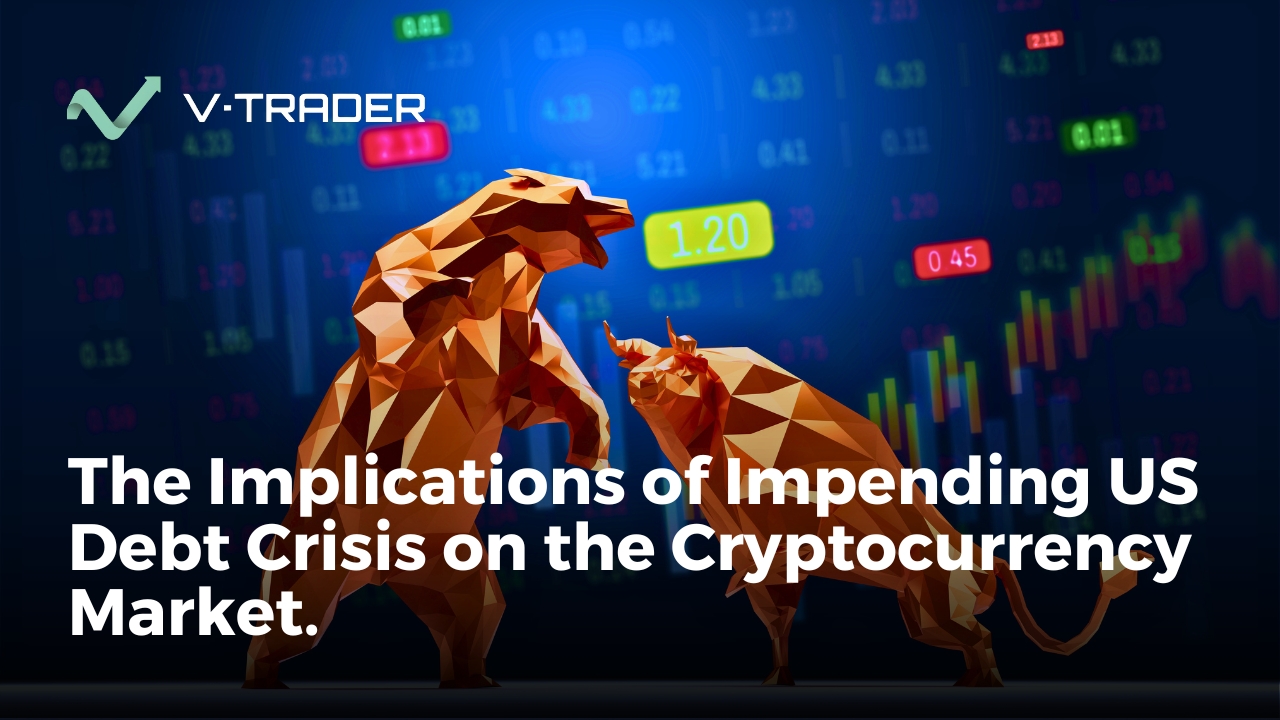Amid the escalating global push to tokenize real-world assets (RWAs), the market appears too embryonic for institutional adoption, according to Chris Yin, co-founder and CEO of Galaxy-backed RWA platform Plume. Speaking to Cointelegraph at Token2049 in Dubai, Yin shared his insights on the tentative pace of institutional involvement in this burgeoning sector.
Navigating the Nascent RWA Market
Yin drew parallels between the current state of RWAs and the early adoption stages of Bitcoin and stablecoins. “These things move incredibly slowly,” he noted, emphasizing the necessity for demonstrating tangible value and adoption before institutions dive in. “Only now, 10 years later, are they beginning to think about using the stablecoin,” he remarked, suggesting a similar evolutionary path for tokenized assets.
Despite estimates pegging the RWA sector’s worth at over $21 billion, Yin remains skeptical of these figures. “I tend to think that one, all the data is wrong, and two, the perspective that most people have is wrong,” he asserted, positing a more conservative market cap closer to $10 billion, largely comprising Treasury bills and gold.
The Complexities of Estimating RWA Value
Calculating the true size of the global RWA market is notoriously challenging, particularly on the private front, where data remains “fragmented and often inaccessible,” according to Stobox co-founder Ross Shemeliak. Stobox estimates suggest tokenized Treasuries and bonds might constitute the majority of RWAs today, accounting for 60–65%.
Shemeliak highlighted the potential for tokenization to revolutionize funding mechanisms for private companies, which make up 99.9% of all global businesses. Such companies often grapple with capital access and liquidity, making them prime candidates for tokenization’s transformative potential.
Institutional Hesitance and Strategic Interests
Plume’s Yin underscored the strategic motivations behind institutional interest in tokenized assets: “The reason why tokenized assets are interesting to them is because they are looking for an angle to make more money,” he said, rather than pursuing cost-saving or efficiency. This, he argued, is exemplified by the modest $2.5 billion in BlackRock’s money market fund relative to its $12 trillion in assets.
Despite the allure of tokenized assets, Yin candidly observed, “There are zero institutions putting money on-chain. They are trying to actually suck money out of the ecosystem.” This sentiment echoes Shemeliak’s acknowledgment of tokenized assets’ intrinsic institutional nature, which demands regulated securities, yield-bearing instruments, and compliance.
A Community-Driven Future?
As Yin reflected on the industry’s current scale, he emphasized the importance of relying on the native community for growth. While tokenization may have started with startups and Web3 protocols, he noted, “for serious volume, you need institutions, fund managers, underwriters, legal advisors, and regulated platforms.”
The conversation around RWAs is far from settled, raising questions about the timeline for institutional adoption and the potential for a paradigm shift in how assets are tokenized and traded. As with Bitcoin in its infancy, the future of tokenized real-world assets remains a tantalizing prospect, yet one that requires patience and strategic foresight to fully realize its potential.
Source
This article is based on: Real-world assets do not need institutions yet, Plume CEO says

Steve Gregory is a lawyer in the United States who specializes in licensing for cryptocurrency companies and products. Steve began his career as an attorney in 2015 but made the switch to working in cryptocurrency full time shortly after joining the original team at Gemini Trust Company, an early cryptocurrency exchange based in New York City. Steve then joined CEX.io and was able to launch their regulated US-based cryptocurrency. Steve then went on to become the CEO at currency.com when he ran for four years and was able to lead currency.com to being fully acquired in 2025.

